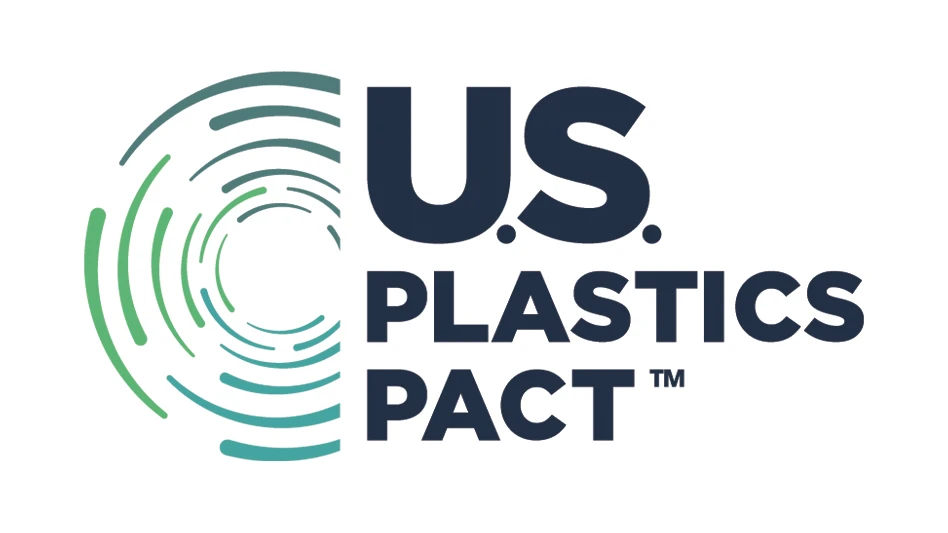
Packers and shippers of recovered fibre have largely enjoyed conditions in 2016, with containerboard and other packaging grade mills in Europe, North America and Asia all running at sufficient capacity to absorb the scrap paper being generated globally.
Recovered fibre traders in Europe are seeing those same conditions continue into the final quarter of 2016, though they also express some concern that the ongoing strain on supply is likely to cause some papermakers to shift to sourcing more virgin material in the near future.
In the meantime, however, demand for scrap paper remains strong. “Overseas buyers are still active in the market,” says a Netherlands-based recycler, who also says European mills are seeking supply. “We have the machine of Parenco going into production [in Renkum, Netherlands] and the Schoellershammer mill [in Düren, Germany] coming into production soon.”
Another Europe-based trader, who concentrates on supplying Asian mills, says data from China Customs show that in the first eight months of 2016 that nation has imported 0.8% more old corrugated containers (OCC) than in the comparable period of 2015.
Reflecting supply reductions in other grades, however, he says the same data show “ONP [old newspapers] off 15.3%, sorted mixed paper off 2.9% and the total down by 3.4%.”
The same trader says China’s Ministry of Industry and Technology shows mill closures in that nation in 2015 have reduced capacity by 1.67 million tonnes annually, meaning imported fibre is close to retaining its market share—and perhaps domestic collection in China is not proceeding as fast as planned.
Both recyclers say generation has been picking up since the slow summer months, when industrial generation in much of continental Europe experiences a seasonal slowdown. (See the chart on this page with the August industrial production figures.)
“Generation has picked up,” says one recycler in mid-October, while the other offers, “We saw a drop off in May, June and July that started to recover in August and September, as you would seasonally expect.”

The continued strain on recovered fibre supplies and the resulting strong pricing has led to concerns that mills with the option of switching to virgin pulp or wood chips are more likely to do so.
Another factor affecting Europe-based recyclers is the strength of the euro against other currencies. “I have heard that Indonesian buyers have found the European pricing levels too strong for the bulk grades and have turned toward more domestic supply and supply from Oceania,” says the recycler who serves export markets.
Whether Europe’s own mills will continue buying at the same pace into 2017 is another source of concern for the recyclers. “There are rumours that order books for liner mills are not that good for the first quarter of 2017, so it might affect pricing by then,” one recycler comments.
Currency volatility, the Brexit process and the aftereffects of the Hanjin shipping line bankruptcy all have given paper recyclers in Europe plenty to worry about despite the steady demand for their material.
“Service and coverage levels have been affected negatively, which has put a challenge to the trade of secondary raw materials,” says the exporter regarding shipping conditions since the Hanjin bankruptcy.
China remains the big volume buyer in Asia, but urbanisation figures and industrial production and gross domestic product (GDP) growth figures on the Indian subcontinent and in the ASEAN (Association of Southeast Asian Nations) region continue to attract the attention of the global market.
Latest from Recycling Today
- PCA reports profitable Q1
- British Steel mill subject of UK government intervention
- NRC seeks speakers for October event
- LME identifies Hong Kong warehouses
- Greenville, Mississippi, launches aluminum can recycling program
- Cotton Lives On kicks off 2025 recycling activities
- Georgia-Pacific names president of corrugated business
- Sev.en Global Investments completes acquisitions of Celsa Steel UK, Celsa Nordic





